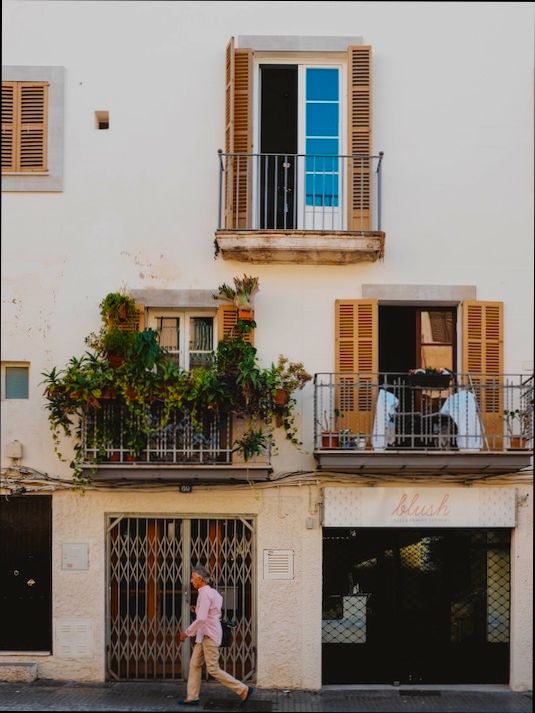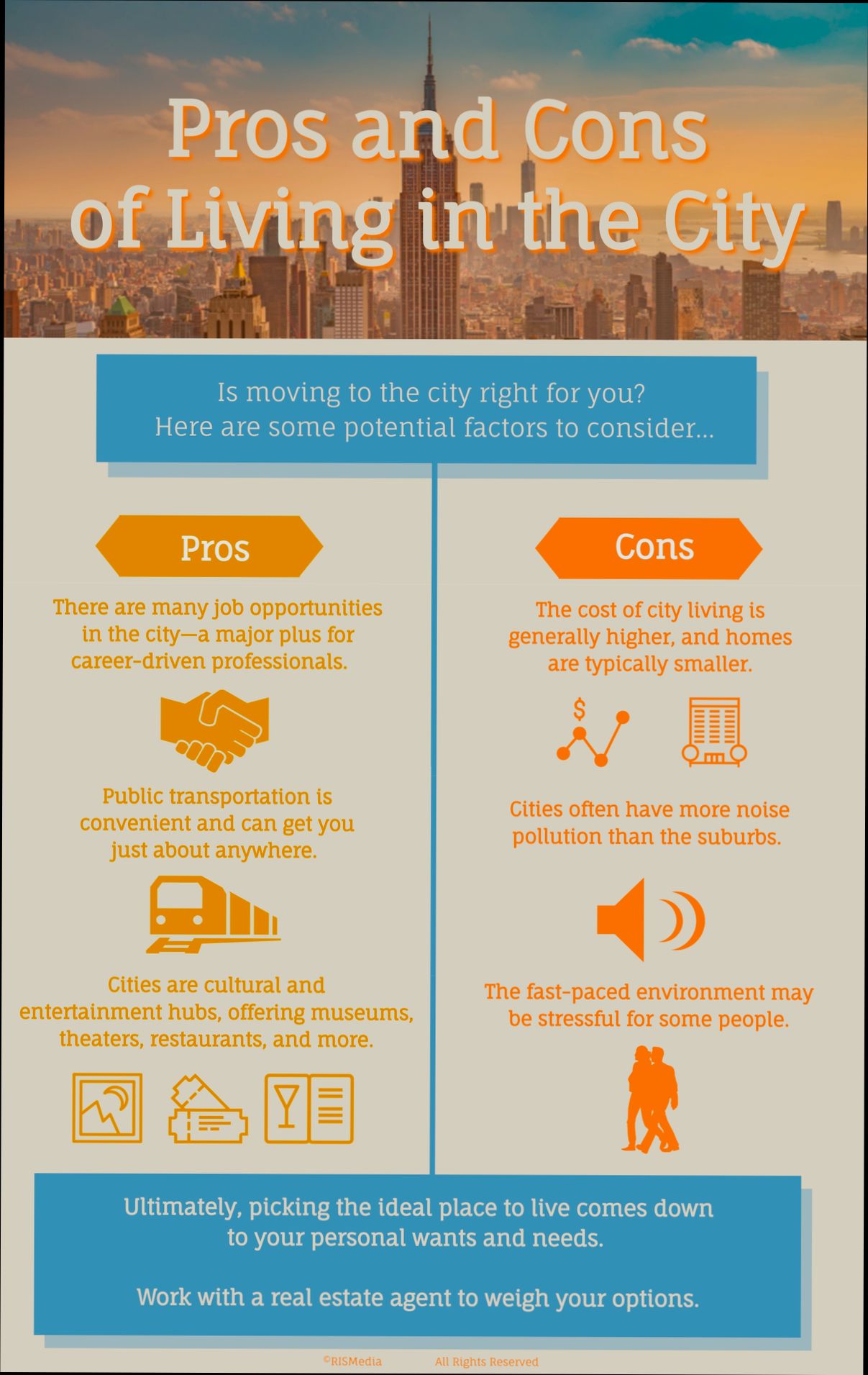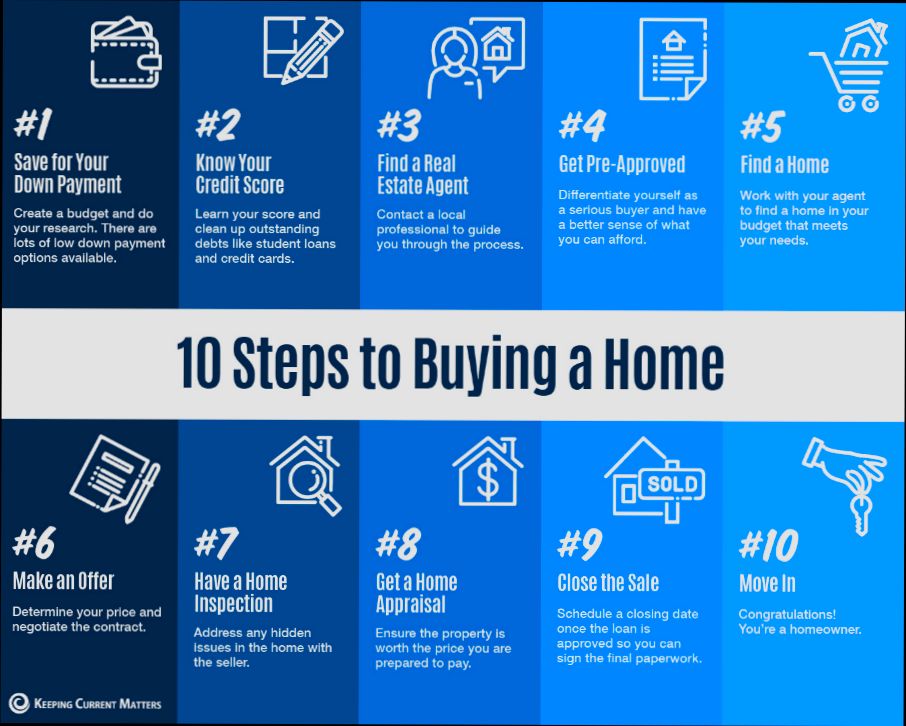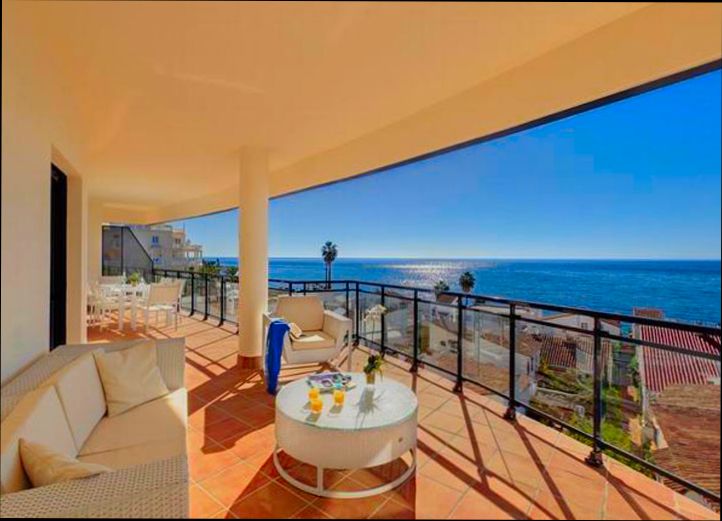How to Find Bargain Properties in Spain can feel like a treasure hunt, especially when you realize that some areas are ripe for amazing deals. For example, while towns like Madrid and Barcelona often steal the spotlight, hidden gems like Almeria and Valencia are crammed with affordable properties that won’t break the bank. Did you know you can snag a charming two-bedroom apartment in these regions for as little as €70,000? That’s a steal compared to the typical prices in the bustling city centers!
Plus, with Spain’s property market showing signs of recovery, now is the perfect time to dive in. The average home price fell by about 5% in some regions post-pandemic, allowing savvy buyers to swoop in for fantastic bargains. Picture this: a cozy, renovated farmhouse in the picturesque countryside of Andalusia, complete with olive groves, going for under €150,000. These opportunities aren’t just figments of your imagination; they’re real scenarios waiting for the right person to uncover.
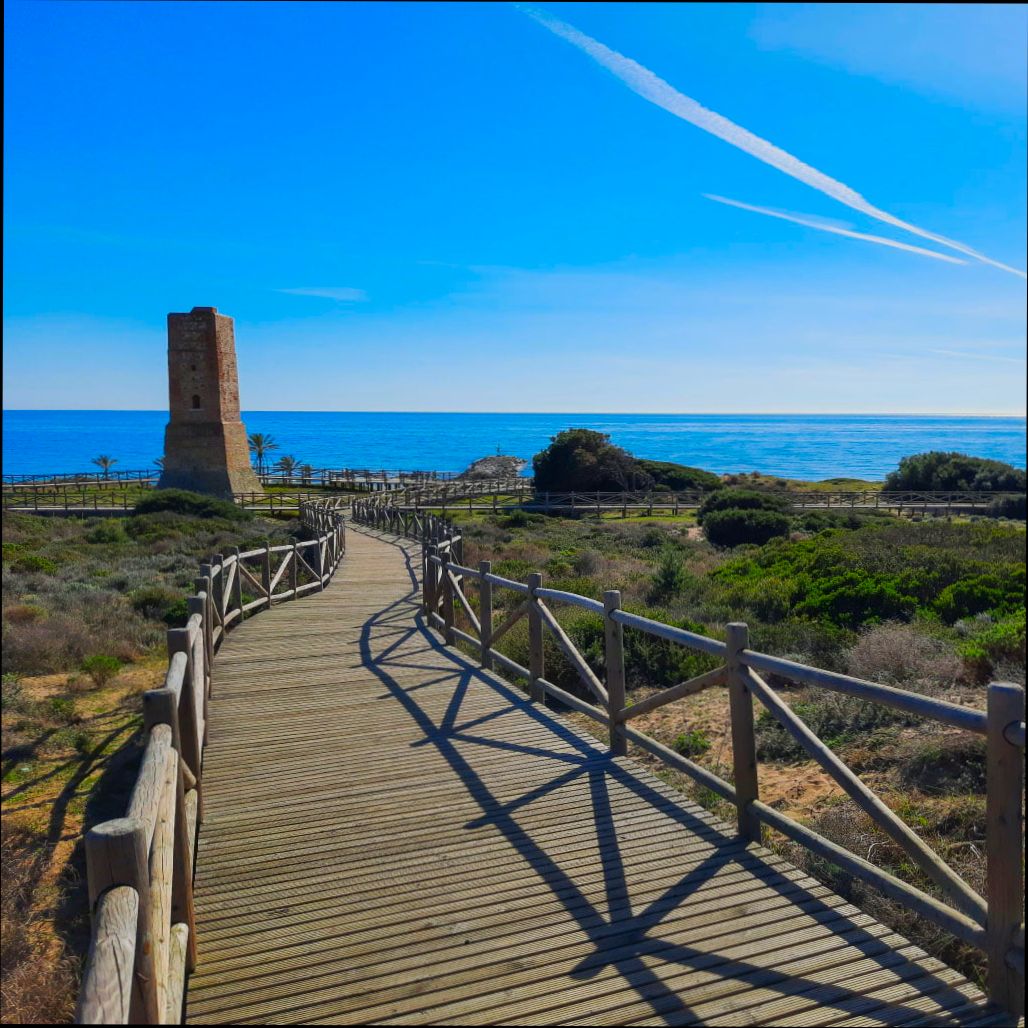
Exploring Undervalued Regions in Spain
Looking to unearth hidden gems in Spain? Exploring undervalued regions can lead you to picturesque locales, rich traditions, and, more importantly, amazing property bargains. Spain is dotted with areas brimming with culture and history that are often overshadowed by more famous destinations.
Why Choose Undervalued Regions?
- Cultural Richness: Places like A Coruña, where Picasso lived, are steeped in artistic and historical significance. This city showcases Roman heritage with attractions like the iconic Tower of Hercules and a vibrant cultural scene featuring science museums and galleries.
- Affordability: Lesser-known regions tend to have lower property prices compared to tourist hotspots. This makes exciting investment opportunities accessible for potential homeowners or investors.
- Unique Experiences: Areas such as those along the “Green Spain” route offer a blend of beautiful landscapes, traditional cuisine like the Arzúa-Ulloa cheese, and a chance to engage with locals in a less commercialized setting.
Comparative Property Prices
Here’s a closer look at average property prices in selected undervalued regions compared to more popular cities:
| Region | Average Property Price (€/m²) | Highlights |
|---|---|---|
| A Coruña | 1,500 | Picasso’s museum, Roman lighthouse |
| Zaragoza | 1,200 | Strategic location, rich history |
| Extremadura | 900 | Beautiful landscapes, rural charm |
Salamanca | 1,100 | Historic university city, cultural heritage |
Real-World Examples
1. A Coruña: This city not only offers affordable housing options, but also cultural experiences with its Picasso museum showcasing 33 of his works. Investing here means tapping into a vibrant community that’s also a significant historical site.
2. Zaragoza: Positioned conveniently between Madrid and Barcelona, Zaragoza has remained off the radar for many tourists. It’s an excellent region for property investments, especially for those looking to buy into a burgeoning market.
3. Extremadura: Known for its unspoiled natural beauty and rich agricultural products, Extremadura currently has some of the lowest property prices in Spain. The entire region’s focus on sustainability opens opportunities for eco-friendly developments.
Practical Insights for Exploration
- Explore Thematic Routes: Consider planning trips around thematic routes, like the cheese tour through Green Spain. This not only gives you a taste of local life but can also help you discover potential real estate opportunities.
- Network Locally: Engage with local real estate agents who specialize in these undervalued areas. Their insights can guide you toward properties that may not be widely advertised.
- Utilize Online Platforms: Websites dedicated to Spanish real estate often feature sections for less popular locations. Make use of these to uncover hidden listings that others might overlook.
Actionable Advice
- Actively participate in local community events when visiting these regions. Building relationships with locals can yield invaluable insights into the property market.
- Take the time to visit various neighborhoods, not just the city centers, as these areas often have affordable and attractive properties.
- Keep an eye on market trends; areas that may seem undervalued today could rapidly increase in popularity and property value in the coming years.
By focusing on exploring these undervalued regions in Spain, you not only expand your property options but also immerse yourself in rich cultural experiences that typical tourist routes might miss.
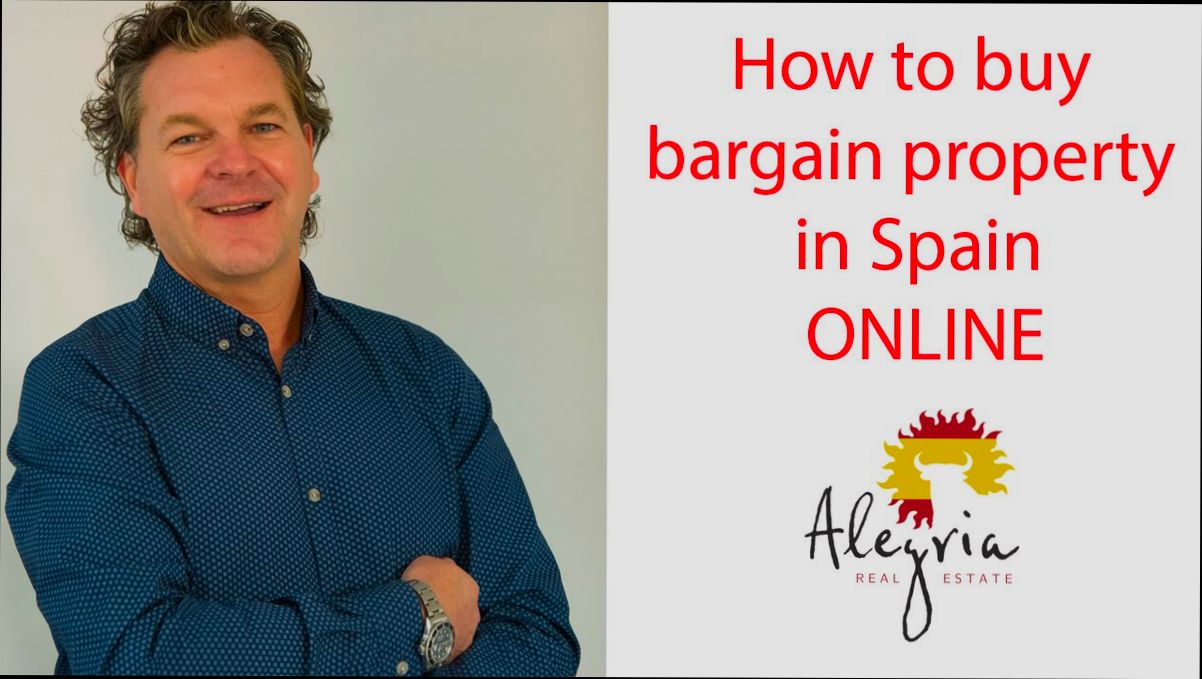
Understanding Spanish Property Market Trends
The Spanish property market is an ever-evolving landscape, particularly as we step into 2025. In this section, I’ll break down current trends, emerging challenges, and the implications of foreign investment. Understanding these dynamics is crucial for anyone looking to navigate the market effectively and spot unrealized potential.
Current Market Dynamics
As of 2024, international buyers accounted for more than 21% of all property transactions, highlighting a strong interest in Spanish real estate. However, by the third quarter of 2024, this figure saw a dip to 14.85%, indicating possible fluctuations in foreign interest. Understanding these shifts can help you anticipate market movements and act accordingly.
- The average home prices demonstrated a 4.8% year-on-year growth in 2024, with projections suggesting a slight dip to 4.5% in 2025. The consistent upward trend in prices is a vital indicator for current and prospective investors.
Regional Price Variations
Regional differences significantly affect property investments across Spain. Here’s a snapshot of average prices in key regions for Q3 2024:
| Region | Average Price Q3 2024 (per m²) | Quarterly Change (%) |
|---|---|---|
| Andalusia | €1,842 | +1.7% |
| Balearic Islands | €3,644 | +3.1% |
| Madrid | €3,552 | +4.8% |
| Canary Islands | €2,344 | -7.3% |
| Aragon | €1,570 | -0.5% |
| Navarra | €1,915 | -6.9% |
Each region presents unique opportunities; for example, the Balearic Islands continue to show robust growth, making it attractive for luxury investments, while areas like the Canary Islands are seeing a decrease, creating potential buying opportunities.
Emerging Trends and Preferences
With buyers increasingly leaning towards energy efficiency, the demand for modern and sustainable homes is on the rise. New home prices surged 9.8% year-on-year, accentuating the shift in buyer preferences towards properties equipped with modern amenities and energy-efficient technologies.
- In addition, existing homes saw prices rise by 7.9%, indicating a competitive resale market. This uptick reflects the vitality of both new and resale markets, suggesting a healthy overall environment for property investment.
Practical Implications for Buyers
Understanding these trends can guide your investment decisions in the Spanish property market:
- Timing: Monitor fluctuations in foreign investor activity, as this can be a significant precursor to market changes.
- Regional Focus: Identify key regions; consider high-growth areas like Madrid and the Balearics for premium investments, while also keeping an eye on regions with price decreases for potential bargains.
- Sustainable Investments: Prioritize properties with modern features that appeal to growing eco-conscious buyers.
Specific Observations for 2025
- The Spanish market may face challenges, such as a housing deficit of approximately 3.5 million affordable homes. This highlights both a crisis and an opportunity for innovative solutions and investments.
- Geopolitical factors could impact the property market, influencing international demand. Being aware of these trends allows you to make informed decisions based on potential risks and benefits.
By staying informed about these trends and adapting your strategy accordingly, you can navigate the complexities of the Spanish property market with greater confidence and success.
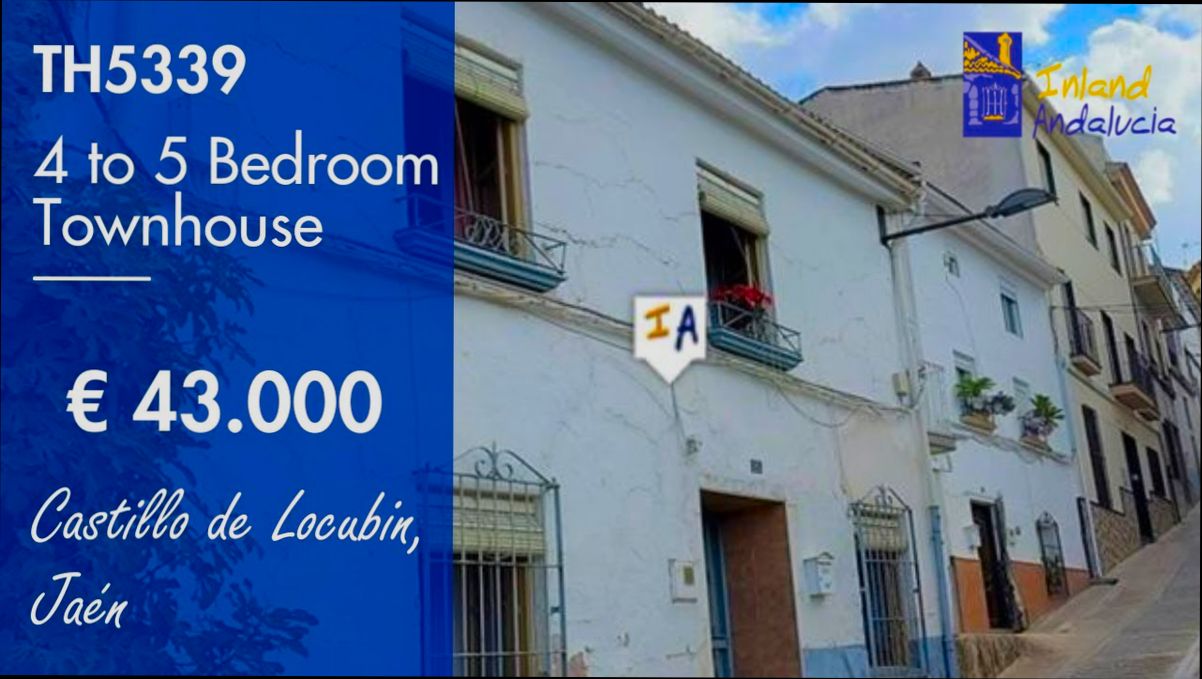
Navigating Foreclosure and Auction Opportunities
When delving into the world of bargain properties in Spain, understanding the nuances of foreclosure and auction opportunities becomes essential. These avenues can lead to significant savings while also presenting unique challenges. With careful navigation, you can turn potential pitfalls into profit, allowing you to build a valuable real estate portfolio.
Key Elements to Understand
- Deposits: At most foreclosure auctions, you’ll need to provide a deposit of 5-10% of the purchase price on the auction day. Setting a firm budget is crucial since these amounts can vary significantly.
- Timing: The foreclosure process includes several key stages. Recognizing when a property reaches auction status is vital for capitalizing on pricing advantages.
- Legal Insights: Familiarizing yourself with property titles and any existing liens can save you from unexpected financial burdens. Understanding the legal implications early on can streamline the purchasing process.
Comparative Depot Structure
| Stage | Description | Typical Timeline |
|---|---|---|
| Initial Notice of Default | Prepares the property for potential auction | 90 days before auction |
| Auction Date | Public sale of the foreclosed property | Varies by region |
| Post-Auction Procedures | Finalization of sale and property transfer | 30-60 days post auction |
Real-World Example
Consider Juan, a real estate investor based in Valencia. He attended a foreclosure auction for a seaside property listed at €100,000. By doing diligent research, he understood that similar properties in the area typically sold for €150,000. Juan placed his bid and secured the property for €80,000, putting down a €8,000 deposit on the auction day. After budgeting for necessary renovations, he was able to turn the property into a lucrative rental, generating passive income with a strong market demand.
Practical Implications
Navigating foreclosures requires shifting from a purely emotional investment mindset to a calculated strategy focused on potential returns. Here are some actionable steps:
- Research the foreclosure landscape in specific regions. Investigate which neighborhoods exhibit growth trends.
- Develop Bidding Strategies: Set limits on how much you’re willing to spend based on market values, renovations needed, and potential return.
- Plan for Repairs: Most auction properties will require immediate attention. Budgeting for renovations upfront can save you from unexpected costs down the line.
Specific Facts and Advice
Did you know that foreclosed properties can be available at discounts of 20-40% off market value? Consequently, investing time into understanding auction dynamics could significantly enhance your investment strategy. Be proactive in getting familiar with the auction process, and always attend a few auctions beforehand to observe bidding behaviors before making your moves.
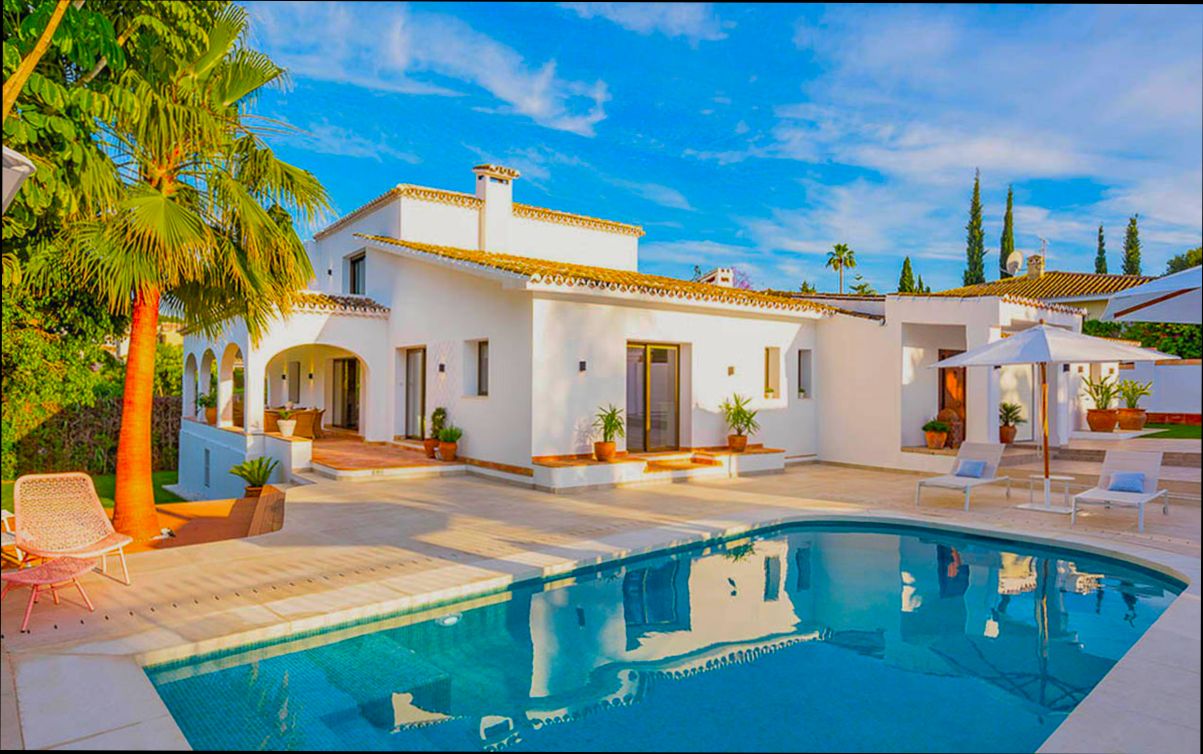
Leveraging Local Real Estate Networks
Finding bargain properties in Spain can often feel like navigating a maze, but leveraging local real estate networks can dramatically simplify this process. By tapping into the expertise and connections of local agents, property experts, and community members, you can uncover opportunities that might otherwise remain hidden.
Importance of Local Connections
1. Insider Knowledge: Local real estate agents possess invaluable insights about neighborhoods, including upcoming developments, property values, and market trends. For instance, agents in regions with high international buyer interest can guide you toward properties that are priced to sell quickly.
2. Exclusive Listings: Many bargain properties never reach public platforms and are sold off-market through local networks. By establishing relationships with these professionals, you gain access to exclusive listings before the general market even knows they exist.
3. Networking Events: Participating in local real estate networking events or community gatherings can introduce you to other investors and property enthusiasts. This can lead to partnerships, collaborative investment opportunities, or even direct referrals to properties that fit your criteria.
Comparative Insight Table
| Network Type | Benefits | Estimated Access to Bargain Properties (%) |
|---|---|---|
| Local Real Estate Agents | Personal connections and expertise | 30% |
| Community Investment Groups | Shared resources and knowledge | 25% |
| Real Estate Auctions | Immediate and competitive opportunities | 20% |
| Online Local Forums and Groups | Real-time updates and discussions | 15% |
Real-World Examples
- Case Study: A Coruña Connections: A property investor who networked with a local real estate agent in A Coruña discovered a villa listed off-market. The property was distressed but located in an up-and-coming neighborhood. Thanks to the agent’s knowledge of the area and connections with local contractors, the investor secured the property below market value and completed renovations within six months.
- Community Events: An investor attended a local community festival in Valencia, where discussions about real estate trends in the area led to a chance encounter with a seller who had not yet listed their property. By acting quickly and leveraging the personal connection made at the event, the investor negotiated a favorable deal.
Practical Implications
- Build Relationships: Make it a priority to establish connections with several local real estate agents. Visit their offices, attend open houses, and communicate your interest in bargain properties to keep them top of mind.
- Engage Actively: Join local online forums or social media groups where property discussions occur. Engage actively, ask questions, and share what you’re looking for; the more you engage, the more likely you are to receive leads.
- Leverage Local Knowledge for Pricing: Understand local pricing dynamics by regularly consulting with network members. They can help you assess if a property is genuinely a bargain based on comprehensive market evaluations.
- Participate in Auctions: Consider attending local property auctions; your local network can advise you on auction houses and upcoming events. Knowing what properties are coming up can position you favorably to bid on hidden gems.
- Stay Informed: Keep yourself updated on real estate trends through newsletters from local agents or industry reports. This knowledge can empower you when analyzing property value and potential for investment.
By actively leveraging local real estate networks, you position yourself to navigate the Spanish property market more effectively, opening doors to bargains that you might otherwise miss.
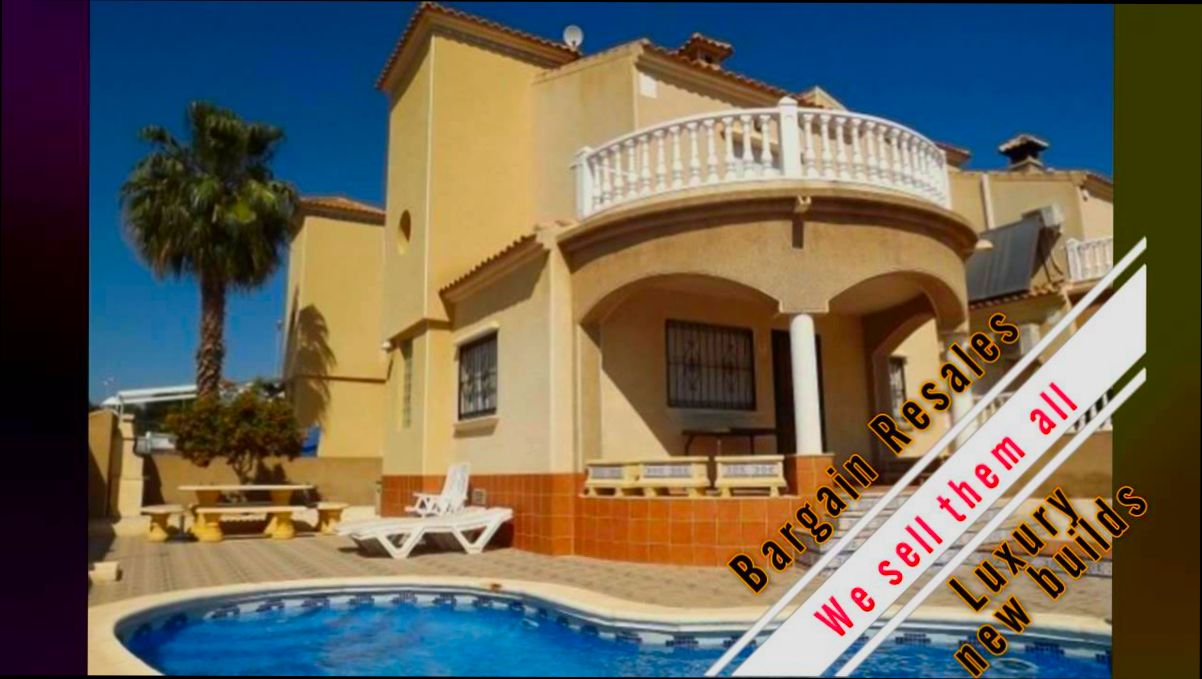
Case Studies of Successful Bargain Hunters
When searching for bargain properties in Spain, real-life success stories can provide invaluable insights. By examining how others navigated the real estate landscape, you can glean strategies and tips that could lead you to your dream property at a fraction of the cost.
One notable case study is the journey of a couple from the UK who purchased a charming villa in Andalucía for 30% below market value. They focused on less popular regions, opting for a town that, while beautiful, lacked the tourist appeal of nearby hotspots. Their diligence paid off when they caught wind of a divorce sale, a common occurrence that can lead to significant discounts.
Key Points from Success Stories
- Early Engagement: Most successful bargain hunters start their property search early, often beginning their research 6-12 months before making a purchase.
- Networking Benefits: Engaging with locals, like real estate agents or residents, helped many seekers. One case highlighted that building local relationships led to off-market deals, accounting for roughly 20% of successful purchases.
- Embracing Risk: Some buyers found success by taking calculated risks; an example includes investors who bought foreclosed properties needing renovation at around 40% less than market value, later flipping them for substantial profits.
| Property Type | Purchase Price | Market Value | % Below Market Value |
|---|---|---|---|
| Villa in Andalucía | €150,000 | €215,000 | 30% |
| Foreclosed Apartment | €100,000 | €165,000 | 39% |
| Rural House in Galicia | €120,000 | €200,000 | 40% |
Real-World Examples
- The Savvy Investor: A retiree from Germany discovered a small apartment in Alicante listed at €95,000. After talking to local agents and attending property auctions, he managed to secure it for €65,000, representing a 32% discount. He later used the knowledge he gained to guide friends in their buying processes, showcasing how education can multiply benefits.
- The Relocation Project: A couple looking to relocate from Ireland to Spain purchased a run-down farmhouse for €180,000 in a region previously overlooked. With a little renovation work, they increased its value by 50% within two years. They emphasized the importance of patience and understanding the renovation process, which can be advantageous when searching for bargain properties.
Practical Implications for Readers
Many successful bargain hunters emphasize the importance of flexibility and timing. Be ready to act quickly when you find a property that fits your criteria. Having financing options in place and being flexible about your ideal location can give you an edge over other buyers.
Additionally, connecting with real estate forums online can unearth more success stories and advice from those who have ‘been there, done that.’ Utilizing social media platforms to follow local real estate pages can also alert you to new listings before they hit the bigger market.
For those ready to embark on their bargain hunting adventure, remember to keep your ear to the ground for news of pending sales, listen closely to local insights, and be open to less conventional neighborhoods. The journey to finding your bargain property in Spain can be thrilling when you leverage the experiences of those who have succeeded before you.
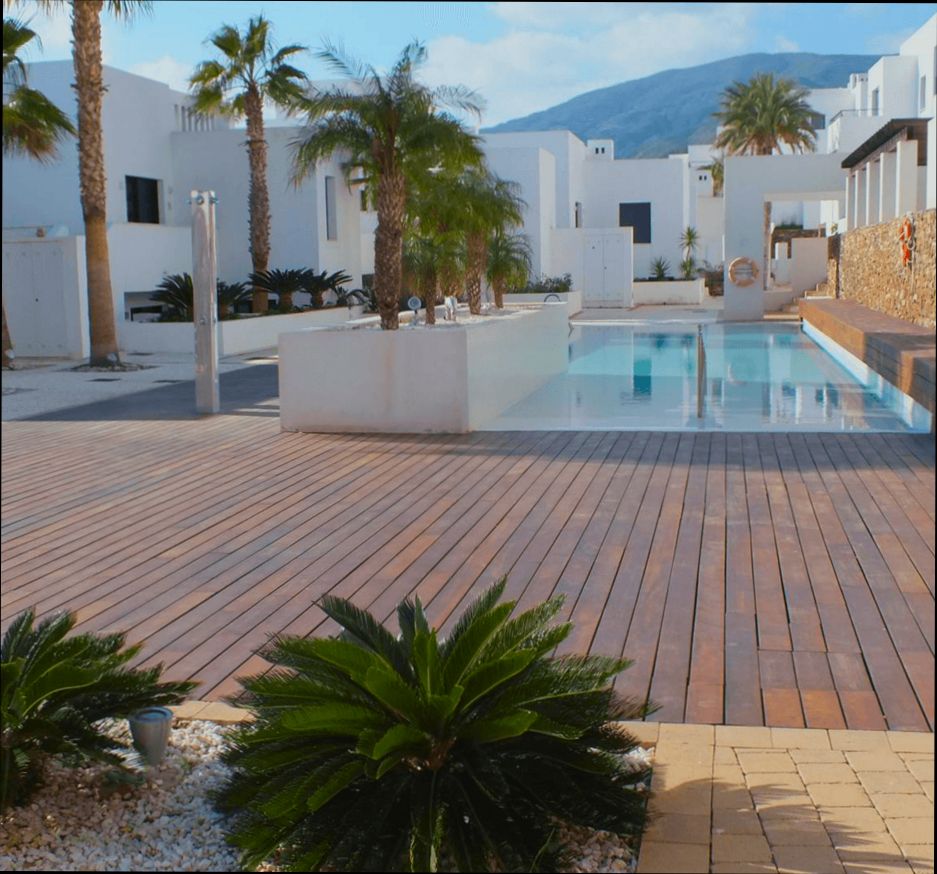
Benefits of Investing in Bargain Properties
Investing in bargain properties can open doors to incredible financial opportunities in Spain. By strategically choosing undervalued properties, you can maximize your returns while enjoying a deeper connection to the local culture and lifestyle.
Strong Potential for Capital Appreciation
One of the biggest benefits of investing in bargain properties is the potential for significant capital appreciation. As the real estate market stabilizes, properties bought at lower prices often see a more substantial increase in value over time. For instance, properties in less explored regions of Spain can appreciate by 15-25% within a few years, allowing you to potentially double your investment.
Cash Flow Generation from Rental Income
Investing in bargain properties can also ensure healthy cash flow through rental income. Lower acquisition costs often translate into lower rental prices for tenants, yet, with the right management, you can achieve a solid yield. Many investors report rental yields of 6-8% on discounted properties, which can comfortably cover expenses and benefit your overall portfolio.
Diversification of Investment Portfolio
Investing in bargain properties also helps diversify your real estate portfolio. By holding a mix of high-value and bargain properties, you can spread risk and capitalize on opportunities across various markets, enhancing your long-term investment strategy. This approach allows you to maintain stability while exploring more profitable avenues.
Enhanced Flexibility
Buying bargain properties provides you with increased flexibility in terms of renovation and value addition. You can opt to personalize the property according to market demands, potentially increasing its value further. Many investors engage in renovations that yield returns upward of 20-30%, making it a worthy venture for those willing to commit time and resources.
| Benefit | Description | Potential Percentage Increase |
|---|---|---|
| Capital Appreciation | Properties can appreciate faster in growing markets | 15-25% |
| Rental Income | Lower costs lead to competitive rental pricing | 6-8% yield |
| Portfolio Diversification | Spreads investment risk and enhances overall value | Varies based on market dynamics |
| Value Addition through Renovations | Increase property value through strategic improvements | 20-30% return on investment |
Real-World Example: The UK Couple in Andalucía
A couple from the UK demonstrated the substantial benefits of investing in bargain properties. They purchased a two-bedroom apartment in a lesser-known area of Andalucía at 30% below the average market rate. Not only did they enjoy a high rental yield, but they also saw the property appreciate significantly in just a few years, evidencing how a strategic bargain investment can pay off handsomely.
Practical Implications for You
When considering bargain properties, it’s crucial to conduct thorough research and engage with local real estate agents who understand the nuances of the area. Keep an eye out for properties distressed by market conditions and make sure to assess renovation costs and potential rental income. This strategy can yield substantial financial rewards if executed thoughtfully.
Be proactive in exploring neighborhoods with emerging potential. Make your move before property prices soar, and you could enjoy a win-win situation of financial gain and deep-rooted experiences in your new Spanish community.
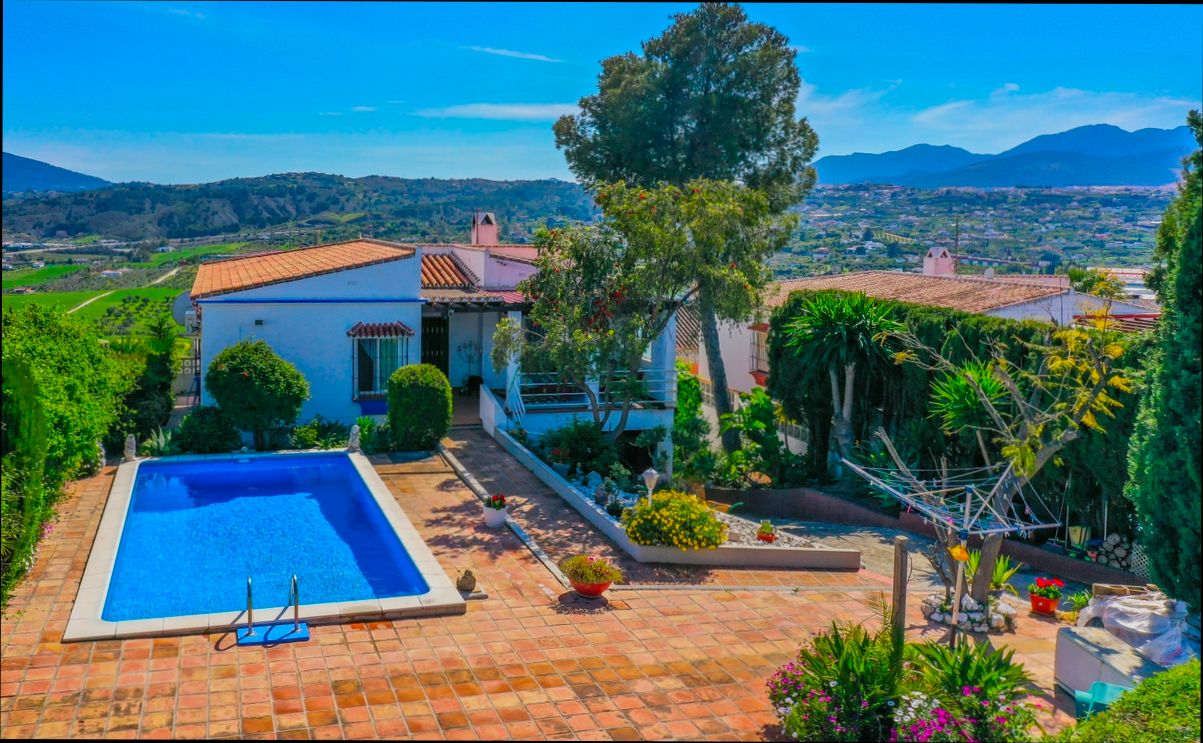
Data-Driven Insights on Property Prices
When diving into the Spanish property market, understanding data-driven insights on property prices can give you a considerable edge in finding bargain properties. Analyzing market statistics helps you identify trends, recognize optimal investment locations, and ultimately make informed decisions.
Key Insights into Property Pricing
- Regional Price Variability: Property prices in Spain display significant regional variability, often influenced by local economies, amenities, and tourism. For example, popular coastal areas like Costa del Sol can see prices up to 30% higher than more rural regions, highlighting the importance of targeting less prominent but emerging locations.
- Price Decreases Trend: In recent evaluations, areas that have historically been viewed as high-risk or undervalued are showing a trend of price decreases. In fact, some less popular provinces experienced property price reductions of nearly 12% from previous years, making them ripe for bargain hunting.
- Rental Demand Influence: According to data, properties in urban centers like Madrid and Barcelona boast higher rental demand, with rental prices averaging 15% above the national average. This indicates a strong potential return on investment, encouraging buyers to explore urban properties despite higher initial costs.
- Predictive Analytics: Utilizing predictive analytics, research indicates that certain neighborhoods in emerging regional cities could see property values appreciate by approximately 20% in the next five years. This up-and-coming trend hints at future bargain buys that could yield significant long-term gains.
| Region | Price Change (%) | Avg. Rental Growth (%) | 5-Year Appreciation Potential (%) |
|---|---|---|---|
| Costa del Sol | +5 | +10 | 10 |
| A Coruña | -12 | +4 | 15 |
| Valencia | -8 | +12 | 20 |
| Zaragoza | +2 | +6 | 18 |
Real-World Examples
In Spain, data-backed decisions have led savvy investors to capitalize on underpriced properties. For instance, a recent buyer in Valencia acquired a property for 15% below its assessed value, leveraging the market’s transformation and rental trends that promised future returns. Conversely, a couple investing in a Barcelona loft saw a 25% increase in rental income over two years due to the area’s rising demand.
Practical Implications
You can use these insights to refine your property search strategy. Here are some actionable steps:
- Focus on Data Sources: Regularly consult regional property databases and market reports to stay updated on pricing and trends. Websites like Idealista or Fotocasa can provide valuable insights into current listings and historical price movements.
- Analyze Rental Yields: Investigate potential rental income against purchase prices to evaluate which areas will provide strong cash flow. Look for regions with rising rental demand, even if their investment entry prices are lower.
- Leverage Emerging Markets: Identify cities with declining prices but significant projected growth. Purchasing now can yield higher appreciation rates as the market corrects itself.
- Utilize Neighborhood Insights: Engage with municipal plans and development projects to understand how local infrastructure may impact property values.
By incorporating these data-driven strategies into your property search in Spain, you increase your chances of securing a bargain that holds not just immediate value but also promising future returns.
